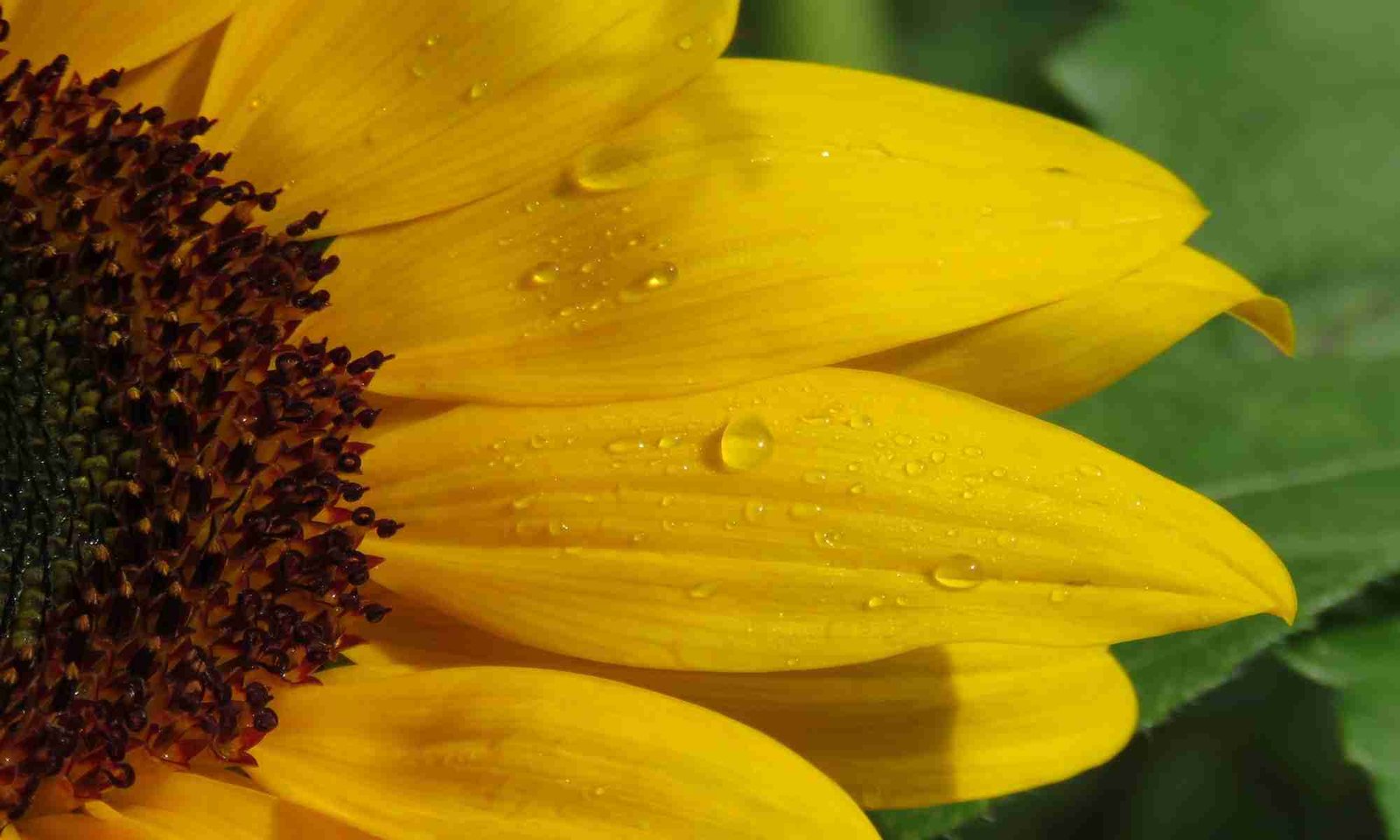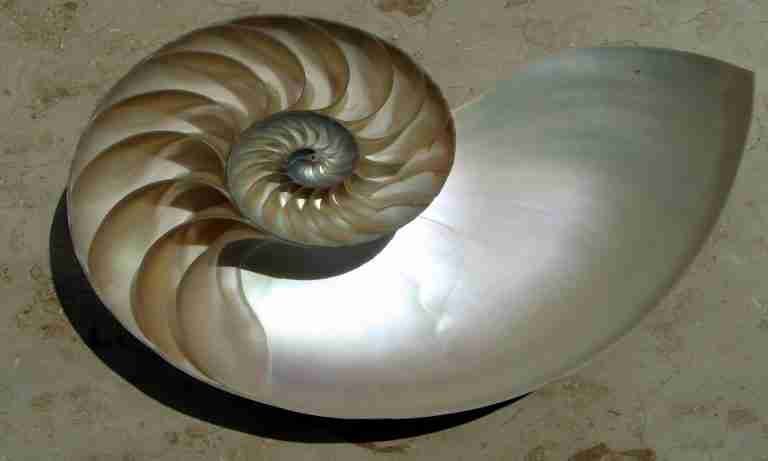Plants play a vital role in the ecosystem, supporting life on Earth in numerous ways. From producing oxygen through photosynthesis to providing food and shelter for various organisms, the life of plants is diverse and essential. The life cycle of a typical plant begins with seed germination, followed by the growth of roots, stems, and leaves. As the plant matures, it produces flowers, fruits, and seeds, contributing to the next generation.
Plants interact with their environment through processes such as transpiration, where they release water vapor, and they respond to stimuli such as light and gravity. Additionally, plants form complex relationships with other organisms, including mutualistic interactions with pollinators and mycorrhizal fungi. Overall, the life of plants is rich and interconnected with other living organisms, shaping the world as we know it.
We’re surrounded by plants, from the trees over our heads to the grass under our feet but sadly, many of us may not give much thought to them. Yet, plants are an inextricable part of the human experience. They provide us with food and fibre, drugs and building materials, fuel and fodder, fragrances and shelter.
Healthy indigenous ecosystems are vital for life on Earth but the secret life of plants means we are still trying to figure out why different plant species grow and how they respond to factors such as climate change.
Scientists have shown that plants can communicate with other plants and can sense their surroundings using chemical signals. Those chemicals are released or absorbed when there are changes in environmental conditions or threats to the plant. The idea that plants communicate to other plants and other species was a fringe area of science until the 2000s. But many experts now believe that plants can send and receive signals in multiple ways, including chemicals emitted into the air and soil, or underground signals via networks of fungi.
Researchers have been developing a model that can predict where plant species will grow and how their distribution may be influenced by environmental changes. This new knowledge shall eventually be incorporated into predictive ecological models.
Meanwhile – and let’s be honest here – , plants are just there and most of us have no clue how they function. Even worse: We might not be aware they function at all or are not really interested in knowing. Well, here are some chances to learn more with this playlist consisting of 9 TED talks: The secret lives of plants.
Various Lives Of Plants
Plants & Sounds & Vibes
Effects On Plants & The Sounds Of Plants
A Small Music Library For Plants
Plants Reduce Noise Too, You Know!
Plants have many known benefits to their environs and the people in them. Noise reduction is one of those less-known benefits of plants. Plants are used in many applications to reduce noise. One major example is plantings along freeways to help reduce the amount of noise distributed to adjacent communities. Plants can also greatly reduce unwanted noise inside buildings. How do plants reduce noise? There are a number of ways plants can reduce noise:
- One way is through sound absorption. Plant parts such as stems, leaves, branches, wood, etc. absorb sound. Rough bark and thick, fleshy leaves are particularly effective at absorbing sound with their dynamic surface area for absorbing sound. The greater number of plants, the size of the plant and the surface area of the plant will all affect its ability to absorb sound.
- Deflection is another way sound is reduced. When sound hits a masonry wall, the wall does not vibrate (because it is rigid). Sound waves are reflected off the wall and back toward the source. When sound waves hit a flexible material, the material will vibrate and the waves are transformed into other forms of energy as well as being deflected in other directions.
- Sound waves can also be refracted. A good example of this is carpeting in a home. If a room has all solid floors, sound waves bounce all over and can create echoes. When carpeting is added, the echoes disappear. Plantings that cover surface areas help accomplish the same feat. For example, vines on walls and the sides of buildings will help refract sound. Lawns, ground cover plantings and green walls are excellent at refracting sound.
What’s More

My Blog (58)
Dependence (5) Fiction (7) Karma (6) Landmarks (4) Paramount (5) Poignancy (5) Spectrum (6) Spotlight (5) Take Off (5) Unique (5) Virtue (5)
Amazing Stuff (9) Beyond Known (8) Controversial (10) Digital World (9) Inequities (8) Innovative (8) Metaphysics (8) Our Society (9) Outer Space (9) Value Creation (9)










